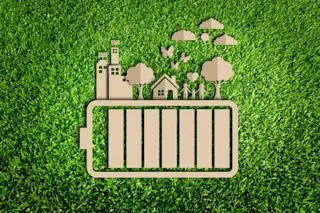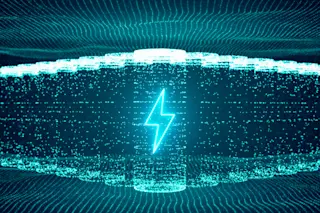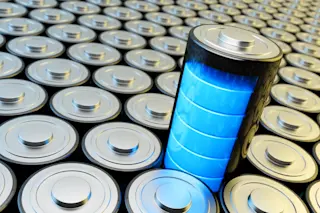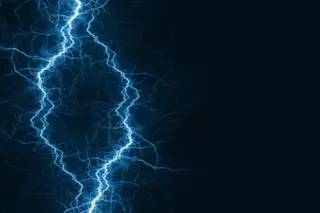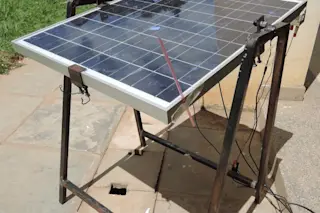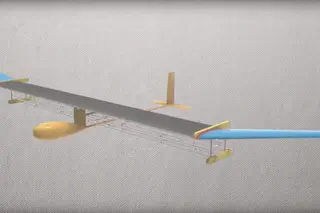What's the News: We've all fantasized about a cell phone battery that won't quit. Now scientists hoping to harness the power generated when you walk are developing a device that might eventually use your footfalls to power small electronics
. But will it overcome the hurdles of efficiency and cost? How the Heck:
When your heel hits the ground, as much as 20 watts of power (that's 20 joules of energy per second) are generated as heat. To capture some of that energy, researchers developed a system that involves pressing droplets of liquid metal against an electrode.
Here's how it works: The team's device resembles an electrostatic capacitor, which consists of two flat electrodes wired together with a small space between. When a voltage is applied to the electrodes, their opposing charges freeze them in place, but pushing on them changes the circuit's capacitance, increases the voltage, and causes a ...



